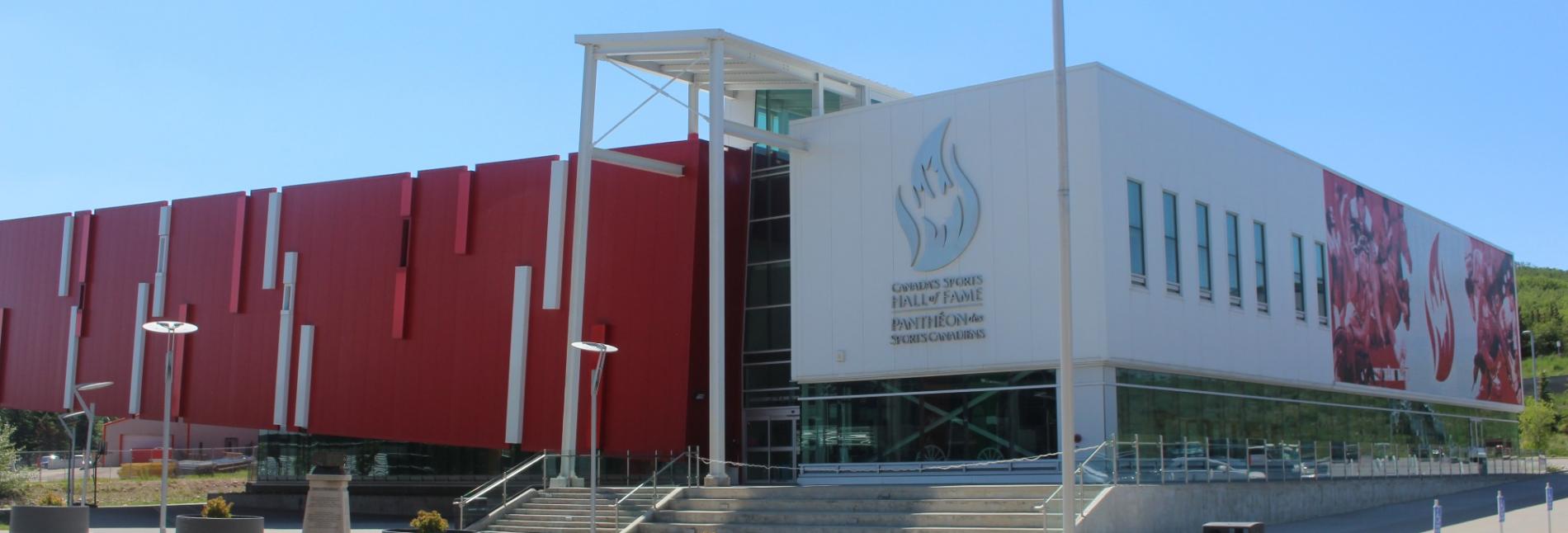Hall of Famer
Willie O'Ree
Inducted in 2020-21
Member Details
Date of Birth: October 15, 1935
Place of Birth: Fredericton, NB
Sport: Ice Hockey
Member Category: Builder
Career Highlights
1958
Made history as the first black player in the NHL, playing with the Boston Bruins
1984
Inducted into the New Brunswick Sports Hall of Fame
1998
Ambassador for the NHL’s Diversity program
The Director of Youth Development for the NHL/USA Hockey Diversity Task Force
The Director of Youth Development for the NHL/USA Hockey Diversity Task Force
2003
Received the NHL’s Lester Patrick Trophy
2006
Inducted into the Black Ice Hockey and Sports Hall of Fame
2008
Named to the Order of Canada
2018
NHL established the annual Willie O’Ree Community Hero Award
Inducted into the Hockey Hall of Fame as a Builder
Inducted into the Hockey Hall of Fame as a Builder

Story
Willie O’Ree discovered his extraordinary passion for ice hockey at an early age, practicing on a homemade rink in his backyard and skating to school whenever the weather allowed. Growing up in one of only two black families in Fredericton in the 1930’s, Willie began to dream when he was 14 years old of playing ice hockey professionally in the National Hockey League (NHL). This was a goal that demanded tremendous courage, drive and perseverance, as no black athlete had ever played in the NHL before. Undeterred, Willie found inspiration in the groundbreaking achievement of Jackie Robinson, the Dodgers legend who broke the colour barrier in Major League Baseball in 1947.
Willie began blazing a trail through the minor leagues after relocating to central Canada when he was 19 years old. He sustained a serious injury during the 1955-56 season after being hit in the face by a puck while playing for the Kitchener Canucks of the Ontario Hockey Association. In addition to breaking his nose and cheekbone, Willie lost 95 percent of the vision in his right eye. Refusing to believe doctors who insisted his ice hockey career was over, he was back on the ice within two months. Choosing not to disclose his vision loss in order to continue pursuing his dream of making it to the NHL, Willie adapted his style of play as a left winger, turning his head far over his right shoulder to compensate for his limited vision.
In 1958, partway through his second season with the Quebec Aces, Willie was called up to replace an injured player for the Boston Bruins. He officially made history as the first black player in the NHL on January 18, 1958, when he skated onto the ice with the Bruins to beat the Montreal Canadiens 3-0. He played two games that year, returning in 1961 to play another 43 games with the Bruins, scoring 4 goals and 10 assists. Drawing on the same resilience and determination that had carried him so far, Willie refused to be distracted as he opened the door to greater diversity in the NHL, even when he encountered racist comments from fans and players on opposing teams.
After his pioneering turn with the Bruins, Willie resumed playing for a number of minor league teams, including the Los Angeles Blades and San Diego Gulls in the Western Hockey League (WHL), capturing two scoring titles before retiring in 1979. In 1998, he became an ambassador for the NHL’s Diversity program, and the Director of Youth Development for the NHL/USA Hockey Diversity Task Force - a non-profit initiative that encourages minority youth to become involved in hockey. Visiting schools and communities across North America, Willie helped establish many grassroots ice hockey programs. In 2018 Willie was inducted into the Hockey Hall of Fame and the NHL established the annual Willie O’Ree Community Hero Award in honour of his empowering legacy and ongoing commitment to helping young people overcome adversity and achieve their dreams
Willie began blazing a trail through the minor leagues after relocating to central Canada when he was 19 years old. He sustained a serious injury during the 1955-56 season after being hit in the face by a puck while playing for the Kitchener Canucks of the Ontario Hockey Association. In addition to breaking his nose and cheekbone, Willie lost 95 percent of the vision in his right eye. Refusing to believe doctors who insisted his ice hockey career was over, he was back on the ice within two months. Choosing not to disclose his vision loss in order to continue pursuing his dream of making it to the NHL, Willie adapted his style of play as a left winger, turning his head far over his right shoulder to compensate for his limited vision.
In 1958, partway through his second season with the Quebec Aces, Willie was called up to replace an injured player for the Boston Bruins. He officially made history as the first black player in the NHL on January 18, 1958, when he skated onto the ice with the Bruins to beat the Montreal Canadiens 3-0. He played two games that year, returning in 1961 to play another 43 games with the Bruins, scoring 4 goals and 10 assists. Drawing on the same resilience and determination that had carried him so far, Willie refused to be distracted as he opened the door to greater diversity in the NHL, even when he encountered racist comments from fans and players on opposing teams.
After his pioneering turn with the Bruins, Willie resumed playing for a number of minor league teams, including the Los Angeles Blades and San Diego Gulls in the Western Hockey League (WHL), capturing two scoring titles before retiring in 1979. In 1998, he became an ambassador for the NHL’s Diversity program, and the Director of Youth Development for the NHL/USA Hockey Diversity Task Force - a non-profit initiative that encourages minority youth to become involved in hockey. Visiting schools and communities across North America, Willie helped establish many grassroots ice hockey programs. In 2018 Willie was inducted into the Hockey Hall of Fame and the NHL established the annual Willie O’Ree Community Hero Award in honour of his empowering legacy and ongoing commitment to helping young people overcome adversity and achieve their dreams






